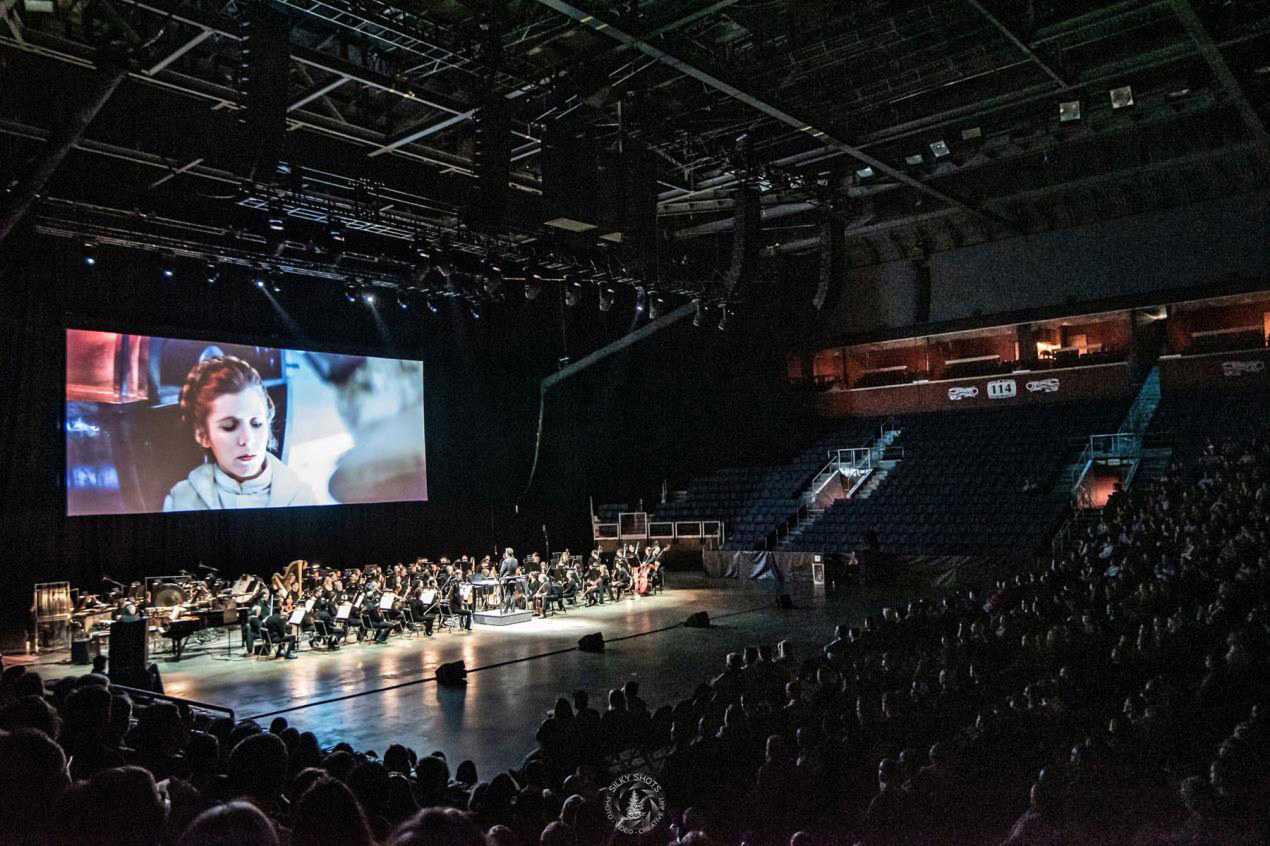L-ISA takes Star Wars to new heights
- Details

What elevated this cinematic performance from other popular orchestra/movie pairings - including the Colorado Symphony’s own accompaniment of Star Wars: A New Hope last year - was Clearwing Productions’ deployment of L-ISA Hyperreal Sound technology, which delivered a different experience for those in attendance.
Clearwing is no stranger to L-ISA, having been the first North American company to utilise the system, initially for an outdoor Santa Barbara Bowl show with ODESZA, then later at the same venue with Bon Iver. However, this event marked the first time that the production company had deployed this technology for an orchestral event, and it came at the specific request of the Colorado Symphony.
Aric Christensen, who has served as the symphony’s head of audio for the past decade and a half, first heard L-ISA for himself when Lorde’s Melodrama tour stopped at the Pepsi Centre last year. “That was obviously a pop show, but I quickly saw how an orchestra could benefit in terms of being able to accurately represent a massive number of instruments across something much wider than just a traditional left-right format,” he says.
L-Acoustics invited Christensen to the L-ISA studio in Westlake Village, where the FOH engineer explains that the proverbial light bulb came on over his head. “When I was there, I listened to an immersive recording of an orchestra that was absolutely breath-taking,” he describes.
According to Clearwing account executive Justin Beneke, the L-ISA Wide configuration for The Empire Strikes Back at 1STBANK Centre was comprised of 60 Kara flown in five identical arrays of 12 enclosures, with two outer arrays of 12 Kiva II each serving as the Extension system.
Eight more Kiva II, double-stacked in four pairings, were evenly spread across the floor as audience front fills, while an additional four Kiva II per side delivered fill coverage to the front floor and bowl seats on the far sides of the performance area. Eight KS28 subs, flown in two cardioid hangs next to to the centre Kara array, delivered the low-end reinforcement, and the entire system was driven by a combination of LA12X, LA8 and LA4X amplified controllers.
Mixing the shows on the orchestra’s newly Quantum-equipped DiGiCo SD7 FOH mixing console, Christensen notes that there was a total of 85 performing musicians, all individually mic’ed for maximum gain-before-feedback and isolation. Added to these inputs were three sets of stereo inputs for dialogue, sound effects, and auxiliary effects - including Chewbacca’s and R2-D2’s ‘voices’. An outboard master stereo reverb unit was also utilized to give the strings and woodwinds, in particular, “a more concert hall-like feel in an arena,” he says.
“L-ISA allowed me to do some very cool things,” Christensen explains. “Although the second violins in contemporary orchestras are always seated right next to the first violins, which are on the house left, I chose to sonically put them on the opposite side of the sound field to create a point-counterpoint interval play between them, which was really nice.
“Also, with a huge panorama of seven arrays to work within, I used L-ISA’s ‘width’ feature to stretch out each of the violin sections over several hangs - the first violins being panned out further to the left than they actually were on stage, and the second violins in the same position on the right. It gave us this really lovely, lush string sound that would be impossible to achieve with a traditional left-right or left-centre-right system.”
(Jim Evans)
















